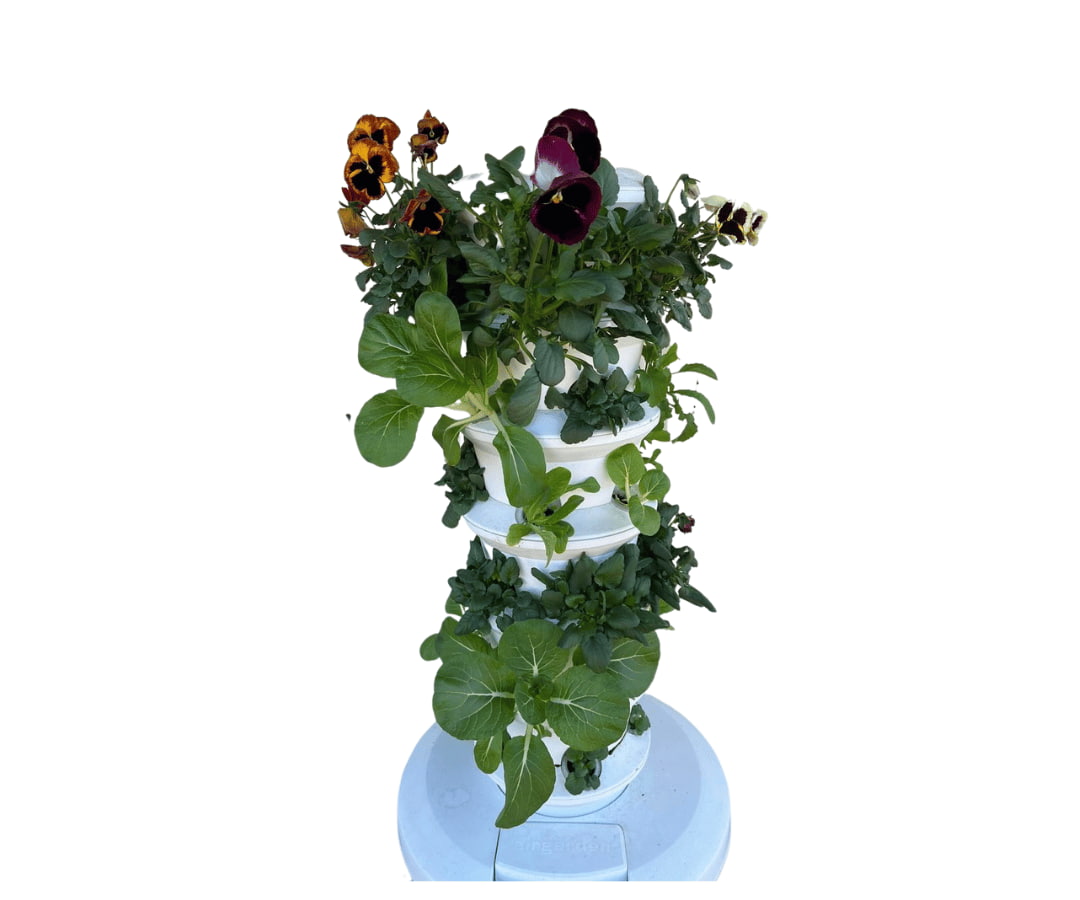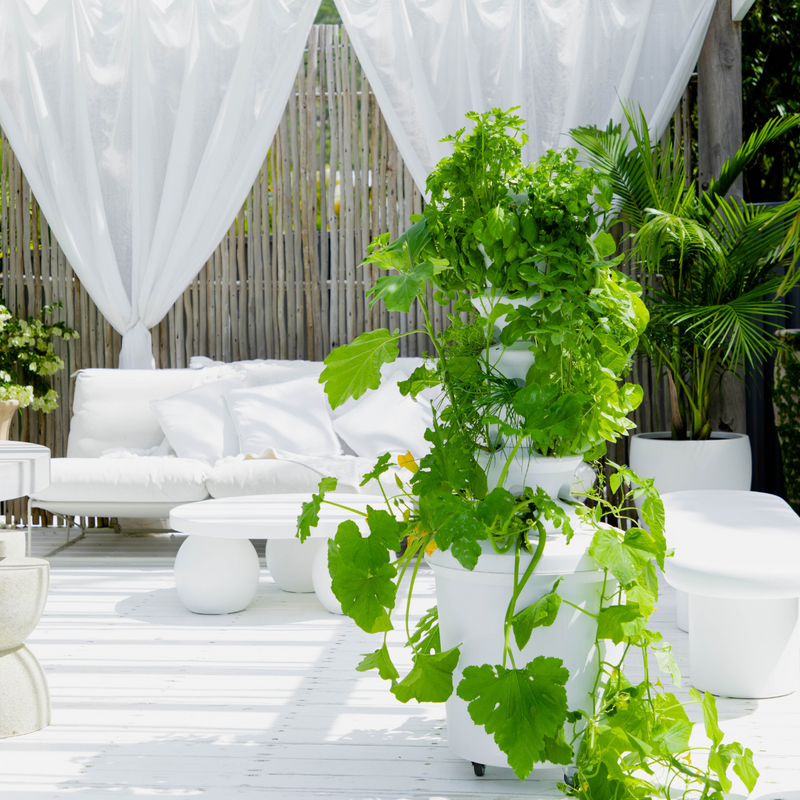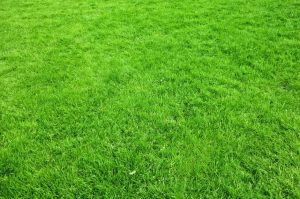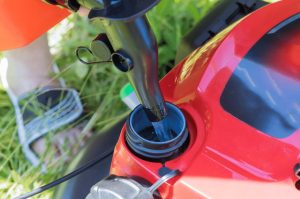Imagine cultivating a lush, thriving garden inside your home, bringing beauty and greenery into your living space without sacrificing much floor area. Today’s post is about an in-depth exploration of Airgarden based on my experiences and countless user reviews.
Let me take you on an insightful journey to discovering the innovative vertical gardening solution that has received immense attention worldwide. Craving to understand what sets Airgarden apart?
Hold onto your seat!
What is Airgarden and its purpose?
Airgarden is a revolutionary indoor garden kit resulting from meticulous design and innovative technology. Its primary objective is to promote sustainable and healthy living by making growing organic produce at home accessible to everyone.
Whether you live in a compact city apartment or a suburban house with plenty of rooms but little outdoor gardening space, Airgarden could rescue you.
Benefits of using Airgarden
Notably, numerous impressive benefits follow when you bring this inventive creation into your daily life:
- Maximised Space Usage: Unlike traditional beds, which occupy a significant ground area, Airgarden uses vertical space, enabling more plants per square foot.
- Organic Produce at Your Fingertip: There’s no match for freshly-cut, pesticide-free veggies from your garden! Now, imagine having them throughout the year, irrespective of weather conditions.
- Ease of use: One aspect frequently praised in notable Airgarden reviews is its simplicity – assembling it initially and maintaining it over time requires no professional expertise.
- Aesthetic Appeal: Besides serving a functional purpose, an eye-catching column adorned with vibrant greens elevates indoor aesthetics.
With these compelling advantages under one roof (literally), it’s not surprising that I was immediately drawn to it and that Airgarden reviews are inundated with appreciation. My usage only affirmed this initial decision.
My experience with the Airgarden
During my gardening journey, I've had the opportunity to explore various indoor and outdoor gardening systems. One that truly stands out among the rest is the Airgarden. This vertical gardening setup revolutionises traditional farming methods through aeroponic technology. Since its inception, it has been geared towards delivering top-notch quality and convenience. After using the Airgarden, I was thrilled by its performance, which subverted many of my preconceptions about vertical gardens. The speed at which plants grew caught my attention. Watching tiny seeds morph into lush greens ready for harvest within weeks became exciting. Airgarden completely simplified cultivating various fruit and vegetable crops in confined spaces all year round, perfect for city dwellers like me who are starved for space.
Limitations and challenges with Airgarden
However, when exploring air garden reviews or any product review, it pays to address both sides—highlighting successes while shedding light on limitations or challenges. These elements often mirror user experience under diverse conditions and user competency levels.
One prominent limitation of Airgarden lies in its plant compatibility—smaller root-based vegetables and leafy greens grow astoundingly well. Still, larger root vegetables seem constrained due to their size and development rate.
The health and performance of an Aerogarden depend heavily on correct nutrient-to-water ratios. Too much water leads to weak roots, while insufficient nutrients can stunt plant growth—an aspect novice users might find tricky until they strike the right balance through trial and error.
Temperature regulation within indoor settings generated occasional setbacks, as warmer temperatures expedited algal blooms that might negatively affect plant vitality if not checked frequently.
Despite these teething problems, both during installation and maintenance, what emerges is that Airgarden remains a revolutionary tool in indoor gardening, providing rare opportunities for urban gardeners to grow homegrown delights year-round with less effort. With more time and experience with the system, overcoming these limitations becomes second nature.
Airgarden features and components
When you read various Airgarden reviews, it’s easy to see why this system stands out. Known for its innovative design and functionality, the Airgarden offers many features that perfectly cater to novice and experienced gardeners.

Aeroponic planter
One of the most exciting parts of the Airgarden is the aeroponic planter. This technology allows plants’ roots to hang in air rather than being immersed in soil or water. The roots are intermittently sprayed with a nutrient-rich solution, providing everything essential for flourishing growth. According to NASA research, aeroponics significantly contributes to faster plant growth rates and higher crop yields.
Self-watering and fertilising
Nurturing your green oasis should be a manageable task. That’s where Airgarden’s self-watering and fertilising feature comes into play. Being completely automated requires setting up once initially and then routine checks on water levels and pH balance. It sustains your plants even while you’re away — ensuring they always receive optimal care without demanding constant attention.
Circular system
The ascending circular layout of pods offers ample light and space to every plant no matter where it is placed, making it an effective use of smaller spaces like apartments or balconies – points often emphasised positively in previous Airgarden reviews.
Materials
The top-tier quality of materials used to construct the Airgarden certifies its reliability over time. Predominantly composed of UV-stabilised food-grade plastic, it ensures no harmful leaching into your produce – thus securing maximum benefits from reaping what you sow and making it safe for consumption right off the pods!
Durability
In terms of durability, this system is constructed to last. The robust design combined with the strength of the materials promises a prolonged lifespan. Whether indoors or outdoors, in scorching heat or freezing cold, the Airgarden remains unhampered by weather conditions, making it an investment for you and future generations.
Through these undeniable advantages that Airgarden presents, I hope potential gardeners will cease to fear not having a ‘green thumb. ‘ Happy planning and planting!
Getting set up with the Airgarden
Setting up your new Airgarden doesn’t have to be a daunting task. I remember when I first unboxed mine. Despite being slightly overwhelmed by all the parts, the included assembly guide and customer support simplified the process.
Now, with years of gardening experience under my belt — many of which have been spent using an array of vertical gardens —I’m excited to walk you through this journey.
Step-by-step assembly process for Airgarden
After receiving your package, commence by unpacking it carefully. Upon doing so, you’ll find each component meticulously wrapped and secured. This level of attachment truly transports Airgarden’s commitment to providing only top-notch quality products.
- Locate the base unit and recognise its importance as it forms a crucial part of your aeroponic planter.
- The next significant part is setting the water pump correctly inside the reservoir section.
- Securely connect all 20 pods to their respective positions in a circular system around the main column – where your plants will grow.
- Attach the provided hose and sprinkler on top; ensure they’re tightly secured.
- Plug it in and test to ensure everything runs smoothly before adding water and planting seeds or seedlings.
It’s fascinating how such intricate technology has been distilled into an easy-to-assemble kit that even a novice gardener can assemble without sweat! Once you’ve assembled it, you’re ready for planting!
Ongoing Maintenance of Airgarden
With the setup completed successfully, ongoing maintenance becomes crucial to achieving optimum results with your Airgarden—a pivotal aspect often highlighted in many online Airgarden reviews.
Replenishing nutrient solutions when due remains vital—it typically needs replacing every two weeks or so. Still, signs from your green friends could indicate whether more frequent changes are necessary.
Next, remember to monitor pH levels. Airgarden thrives in a neutral environment, and the provided pH test kit allows for regular checks and adjustments as needed.
Finally, keep your pump clean. It’s simple: unplug it every two months, give it a good rinse under a watering tap, dry thoroughly before reattaching, and voila! You ensure your plants get that essential misty nutrient feed, maintaining healthy roots.
Again remember:
- Refill nutrient solutions routinely.
- Monitor and manage pH level
- Regularly clean the pump
Incorporating these tips into your routine will have you navigating the world of vertical gardening like a pro in no time. It’s simpler than you’d imagine!
List of plants suitable for Airgarden
Based on my expansive journey with the Airgarden and considering several in-depth Airgarden reviews, it’s wonderful to note that you can grow almost any plant in this versatile vertical garden.
However, let me delve deeper to present a comprehensive list of plants particularly well-suited for flourishing in an Airgarden setup:
- Leafy greens: The Airgarden’s aeroponic environment is ideal for spinach, lettuce, and kale, which thrive and sprout quickly.
- Herbs: Flavour-packed herbs are fantastic choices, from basil and parsley to rosemary and thyme. Due to their favourable growth patterns, you’ll have fresh herbs all year round.
- Fruiting veggies: While slightly more challenging to maintain, fruiting vegetables like tomatoes and capsicums can prosper in an Airgarden with careful monitoring.
- Strawberries: Yes! These delightful fruits take superbly well to life in an air-based gardening system.
- Edible flowers: Imagine cultivating your own nasturtiums, black locusts, or marigolds inside your home!
- Root vegetables: Surprisingly, root vegetables such as radishes show promising growth when trained correctly in this garden style.
However, remember that larger plants can become cumbersome as they outgrow the dimensions of the individual pods provided within the system.
Another approach used frequently by many experienced users (including myself) is rotating crops based on seasons or specific requirements – summer salads during warmer weather or hardier leafy greens throughout cooler months. With frequent rotation and close attention to appropriately nurturing each crop type, you’ll be eating fresh produce directly off the vine soon enough!
How to successfully grow in an Airgarden
Planting and cultivating plants within your Airgarden becomes much easier once you familiarise yourself with some essential factors. Below, I’ll leverage my expertise and experiences to discuss how to effectively handle pests and properly care for plant roots for healthier growth.

Garden pests and root core
Every gardener wants to avoid the dreaded occurrence of garden pests. Don’t fret; plants growing in an aeroponic system like Airgarden may encounter pest problems.
To prevent these uninvited guests:
- Regular observation: Watch your plants frequently. Identify any potential issues early before they infest your whole garden.
- Use organic pesticides: If prevention fails, eco-friendly biological controls like neem oil can be useful. Always try to avoid harmful chemicals that kill pests and beneficial insects.
In contrast, root care forms another crucial aspect in the growth process of your green buddies in Airgardens:
- Prevent roots from being exposed to light, which could lead them towards algae growth.
- Regularly clean roots prevent mould or fungi from developing in damp and dark conditions.
While encountering such instances might seem intimidating, don’t worry. Venturing consistently into preventive actions significantly aids in maintaining healthier plant growth.
Tips and tricks for maximising Airgarden growth
Achieving pots overflowing with greens doesn’t necessarily require a green thumb. Some valuable tips and tricks can make it possible even for beginners.
- Choose right: Right here means going for easy-to-grow plants initially until you develop complete command over the platform.
- Feeding counts: The learning curve also includes understanding when and how much nutrients different types of plants require.
- More sun = more fun. Sufficient lighting conditions (natural or artificial) play a critical role, as plants need light to grow and thrive.
Lastly, patience and observation are a well-known mantra for successful gardening, regardless of whether one uses Airgarden or traditional soil-based gardening.
As you begin your journey with Airgarden, these tips might be useful. As I always say, “Gardening isn’t just about growing plants; it’s also about understanding them.”
By being vigilant and incorporating an effective game plan for caring for your system, which includes everything from specific attention to root health to employing practical solutions for pests, one can easily overcome these issues and have a flourishing indoor aeroponic garden!
How Do Different Climate Zones Affect Growing Conditions?
As an authority in the domain that has actively used an Airgarden, climate zones do indeed have some influence on growing conditions within the system. However, let’s preface this section by understanding that an indoor environment generally offers us more control over cultivation conditions relative to outdoor gardening:
- For those living in typically harsh frosty climates, you’ll need to ensure indoors aren’t excessively chilly, as humidity levels and temperatures can dip perilously low, which is harmful to most plant types.
- In areas renowned for scorching summers, managing soaring indoor temps might be necessary so plants don’t dry out swiftly due to evaporation-spurred moisture loss.
- As moderating environmental elements is easier within closed spaces, strategies capturing best-growing practices should involve attentive regulation of parameters, including lighting situations, together with provision for wave-based adjustments customised to the ambient local climate.
Remember that departing from nature’s norms by altering internal variables such as temperature or humidity can be helpful, but it will demand more hands-on attention. Whether overseeing a household space in hot and arid zones or adapting a confined unit in temperate regions, working with the Airgarden system requires an informed approach calibrated to the prevailing surroundings without intruding on the inherent merit of convenience that defines this gardening solution.
Always strive for balance while easing your plants into new conditions within their vertical residence. For further adaptation tips based on specific climatic conditions, don’t hesitate to contact customer support, which I have mentioned extensively in my other Airgarden reviews.
Final thoughts on the benefits and potential of using Airgarden for indoor gardening
Airgarden revolutionises indoor gardening with its user-friendly, efficient, and sustainable design. Its vertical layout maximises space, ideal for urban residents with limited outdoor areas. The aeroponic system ensures fast plant growth by delivering nutrients directly to roots, eliminating soil-related issues.
Constructed from durable materials, Airgarden requires minimal maintenance, like biweekly nutrient replenishment, enhancing cost-effectiveness.
Easy to assemble, Airgarden appeals to both expert gardeners and beginners. It offers therapeutic benefits and improves living spaces aesthetically. It also serves educational purposes, sparking children’s interest in botany and environmental conservation.
Despite initial challenges in selecting climate-appropriate plants, online guides help master localised growing techniques. Airgarden integrates gardening into modern life, promoting a healthier, sustainable lifestyle and reconnecting users with nature.









